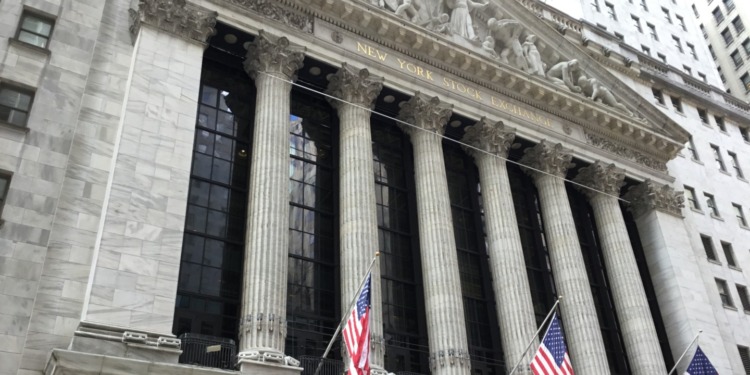S&P Dow Jones Indices, a leading global index provider and home to S&P 500, unveiled this week two new, SDG-focused indices: the S&P 500 SDG Index and the S&P Global LargeMidCap SDG Index.
As the S&P Dow Jones explains, the two indices seek to “measure the performance of eligible equity securities from the S&P 500, selected and weighted to collectively enhance the alignment to the United Nations’ 17 Sustainable Development Goals (SDGs) and reduce the carbon footprint at the index level.”
“S&P Dow Jones Indices is excited to bring to market these two new indices that offer market participants a unique and alternative way of tracking and measuring companies’ alignment with specific UN sustainability targets,” Global Head of Sustainability Indices at S&P DJI Jas Duhra said.
“These indices utilize the S&P 500 Index and the S&P Global Large MidCap Index as their underlying parent and reference benchmarks for constituent screening and selection,” Ms. Duhra added.
They are designed to offer investors “broad-based equity performance measurements and diverse exposures to companies” aligned with the SDGs, S&P Dow Jones writes in a press release.
The SDGs, adopted by UN member countries in 2015, are meant to serve as a blueprint for “peace and prosperity for people and the planet, now and into the future,” as the UN writes. Each goal includes a set of specific (voluntary) targets, meant to be achieved by countries by 2030.
Regrettably, as a recent report shows, all of the global goals are “seriously off track.”
S&P DJI’s latest indices leverage the SDGs, providing a unique perspective for market participants seeking to align their investments with sustainable development objectives.
What sets these new indices apart is their methodology, which, unlike other indices, “does not focus on assessing the financial materiality of environmental, social and governance (ESG) factors for an industry or specific company.”
Instead, the S&P 500 SDG Index and the S&P Global LargeMidCap SDG Index use data “intended to measure and reflect specific external impact that companies’ products and activities are making on society and the environment, regardless of the financial materiality implications,” the company explains.
Related Articles: Do S&P 500 Companies Align with ESG Criteria from MSCI and Impakter’s Index? | What Is Green Finance and Why Does it Matter so Much?
“With this approach, S&P DJI is offering broad-based sustainability performance measurement tools, one that is based on the S&P 500, which is the best single gauge of large-cap U.S. equities, and the other based on the S&P Global Large MidCap Index, which represents the top 85% market capitalization of each developed and emerging country,” Jas Duhra said.
In the press release announcing the move, S&P DJI’s explains that it licensed and used the Corporate SDG alignment data from London-based ESG impact data and portfolio solutions provider Impact Cubed.
Impact Cubed’s data, the press release says, employs a granular revenue and operations mapping approach, focusing on what a company produces and how its products and services are made as opposed to concentrating solely on financial materiality and risk.
The SDG company alignment and net impact are determined through a holistic evaluation of a company’s revenue-generating activities. This includes consideration of where a company sells its goods and services, its operational practices, and its engagement with the community and stakeholders.
The reliance on Impact Cubed’s detailed and comprehensive data ensures a nuanced understanding of a company’s sustainability practices.
For those interested in delving into the research and methodology behind the Sustainable Development Goals (SDG) Indices, S&P DJI has made the information available on its website.
As the global focus on sustainable investing continues to grow, the launch of these indices by S&P Dow Jones Indices marks a significant milestone. Investors now have access to benchmarks that not only align with traditional financial metrics but also reflect a company’s broader impact on society and the environment.
The move hopefully signals a paradigm shift towards a more holistic approach to investment evaluation, one that acknowledges the interconnectedness of financial performance and sustainable development.
Editor’s Note: The opinions expressed here by the authors are their own, not those of Impakter.com — In the Featured Photo: New York Stock Exchange. Featured Photo Credit: Wikimedia Commons.










